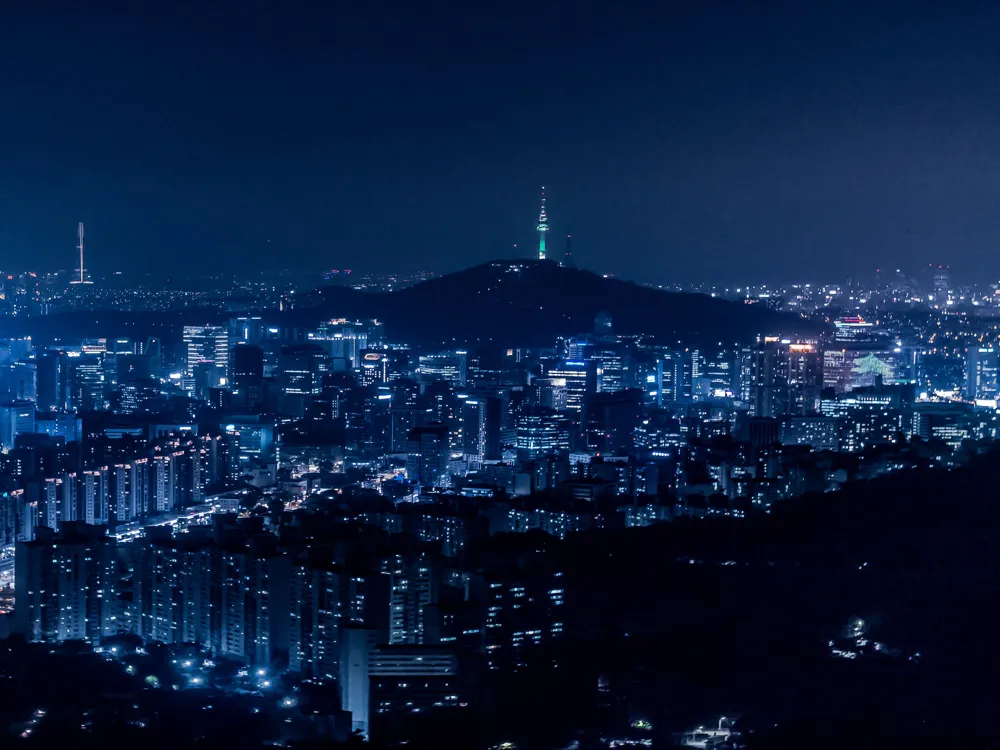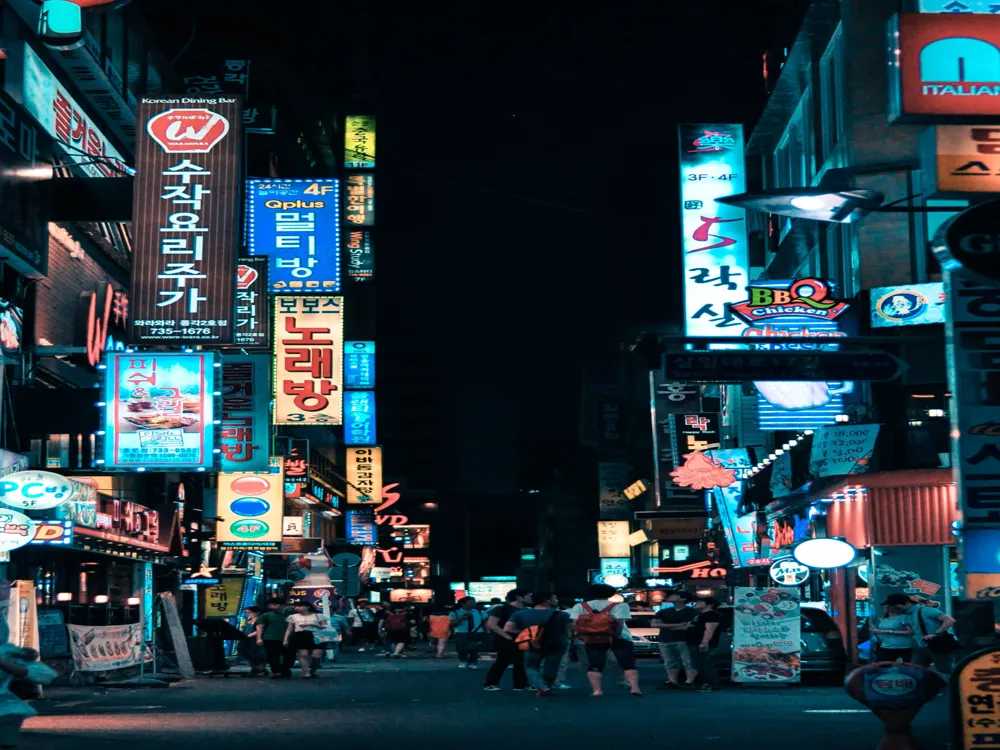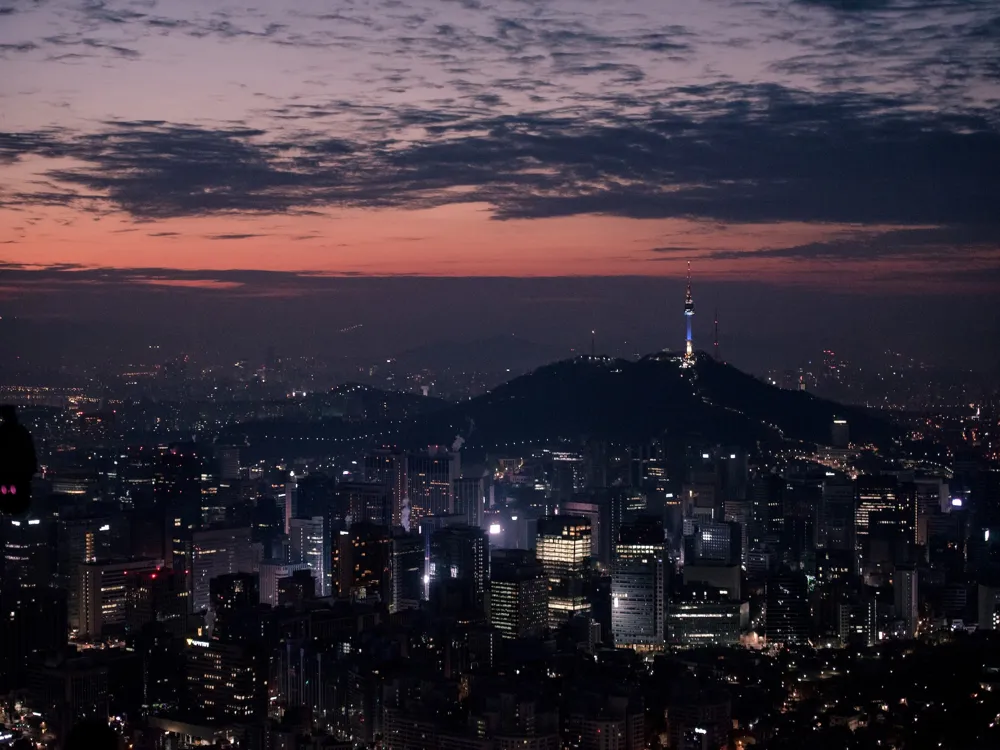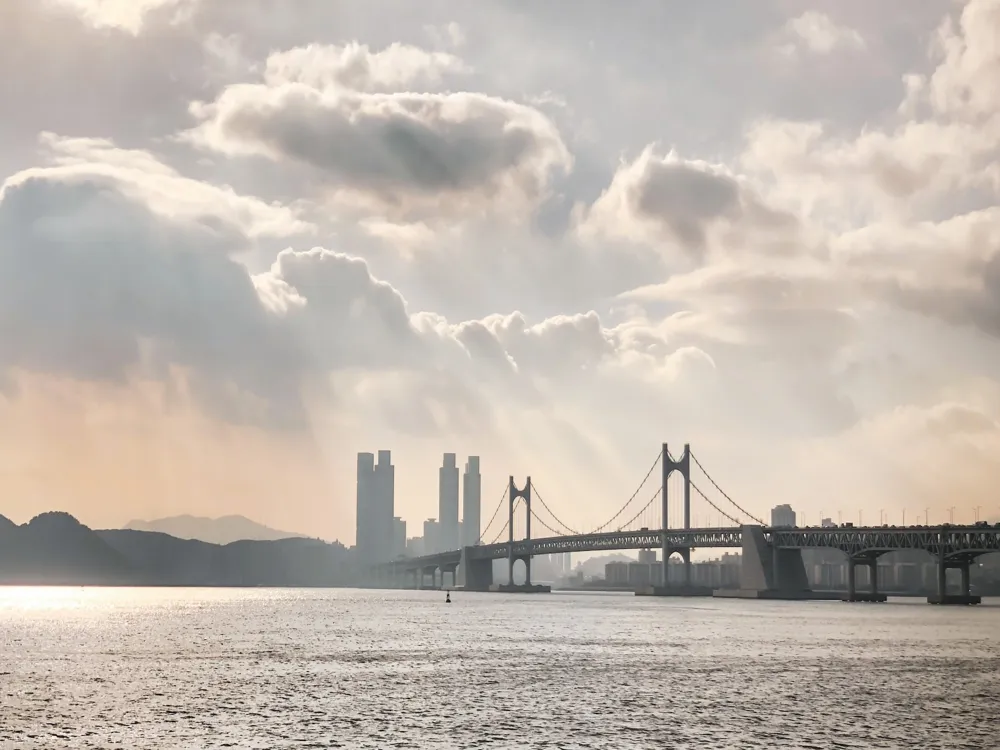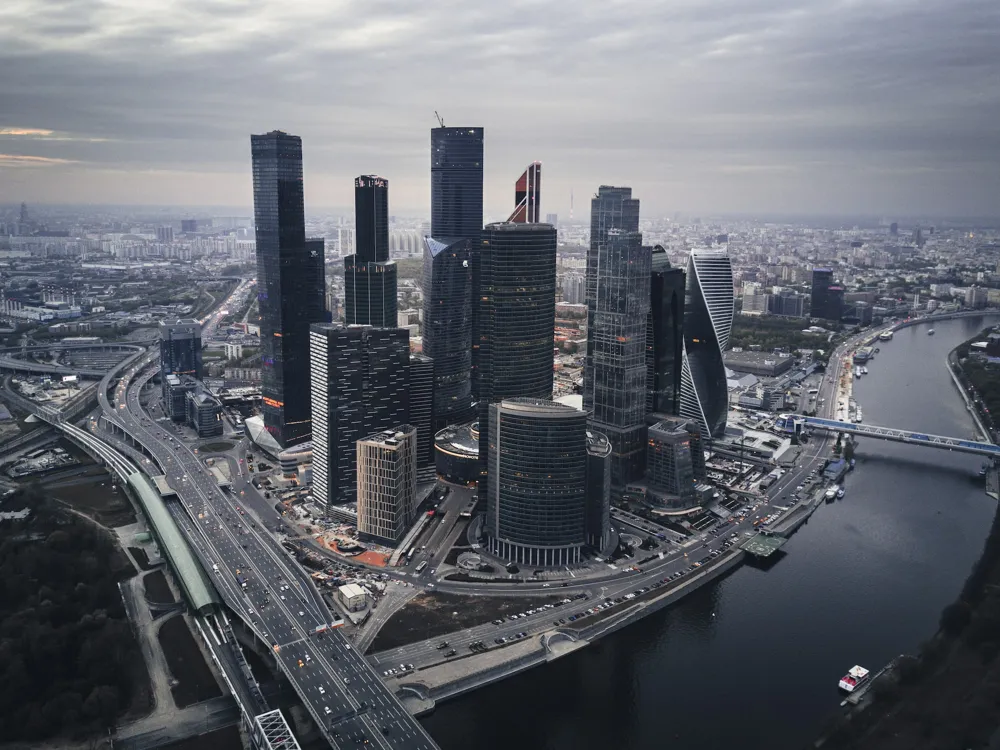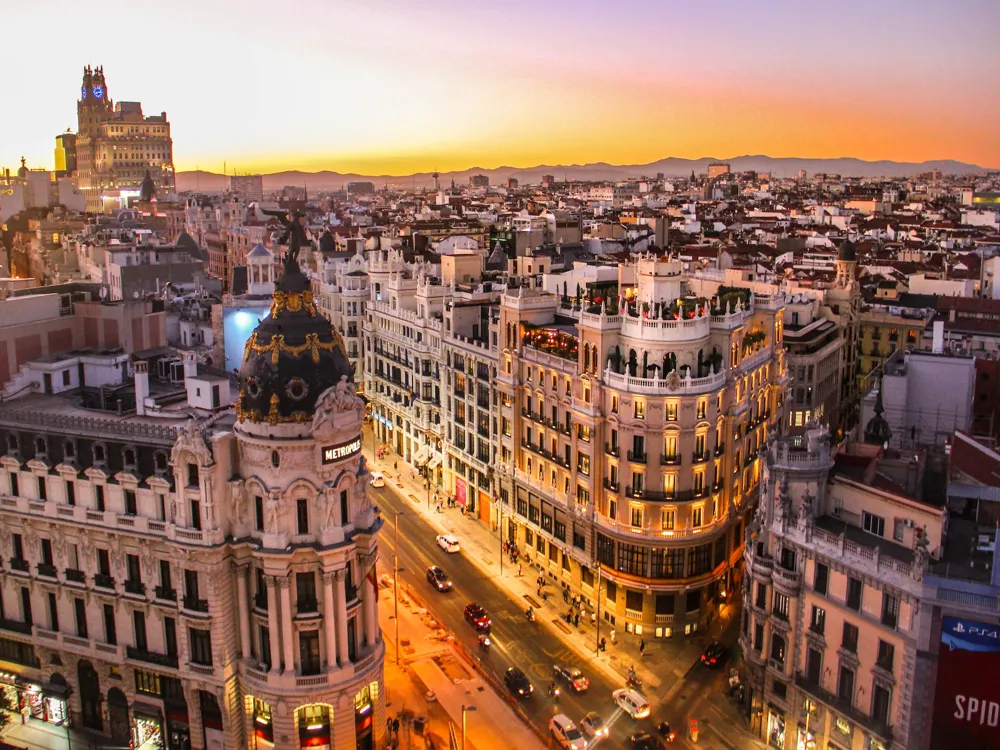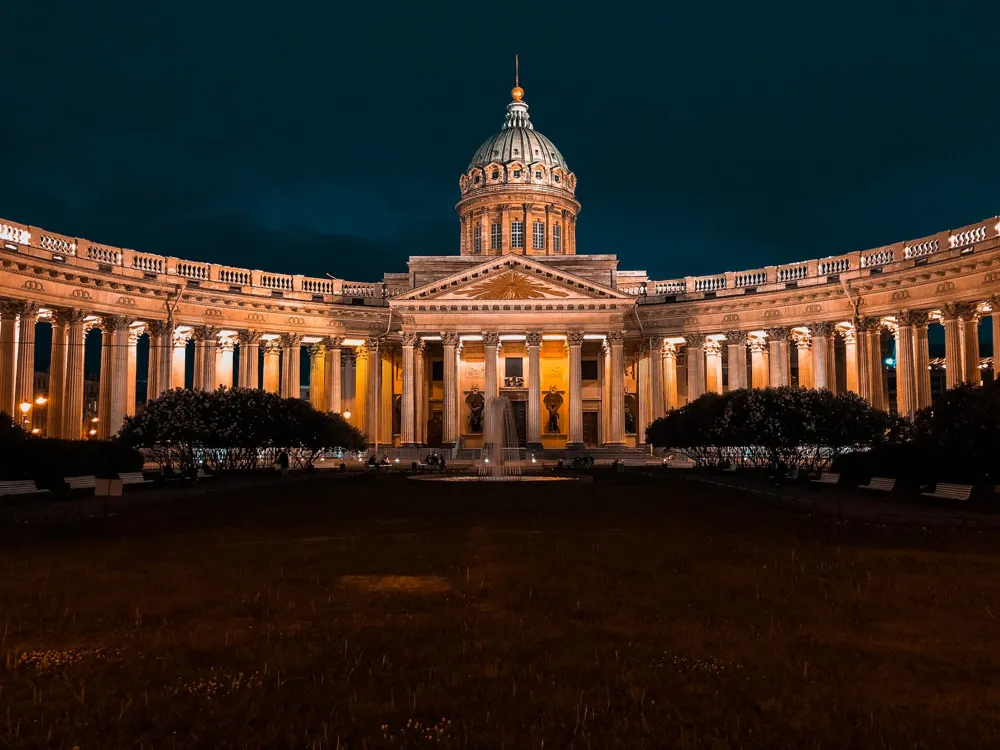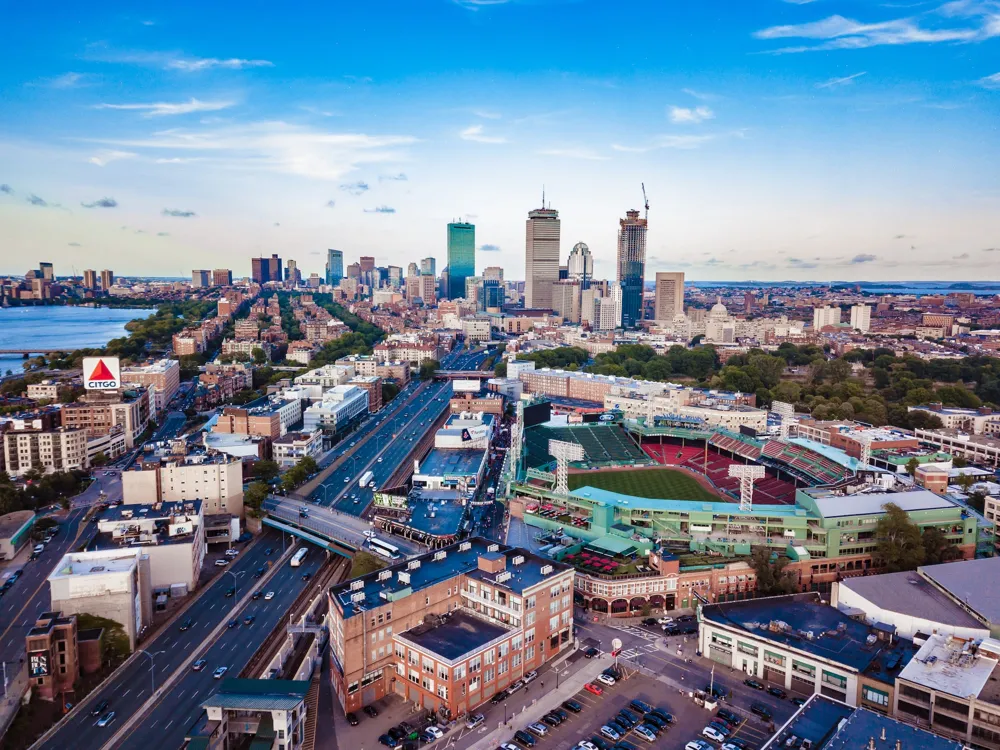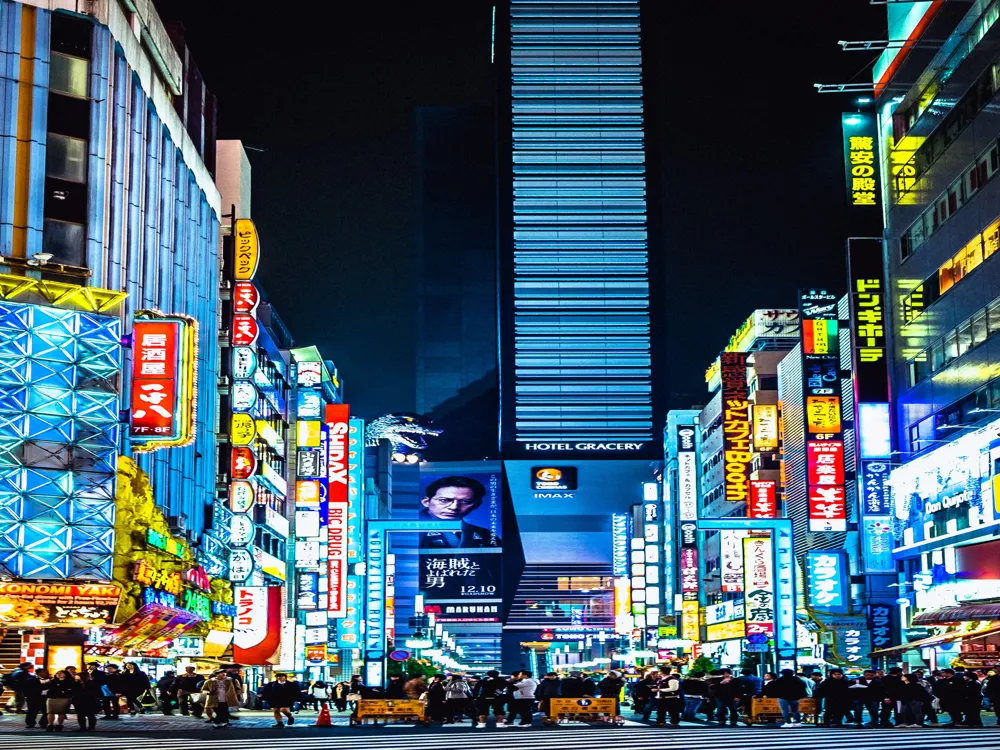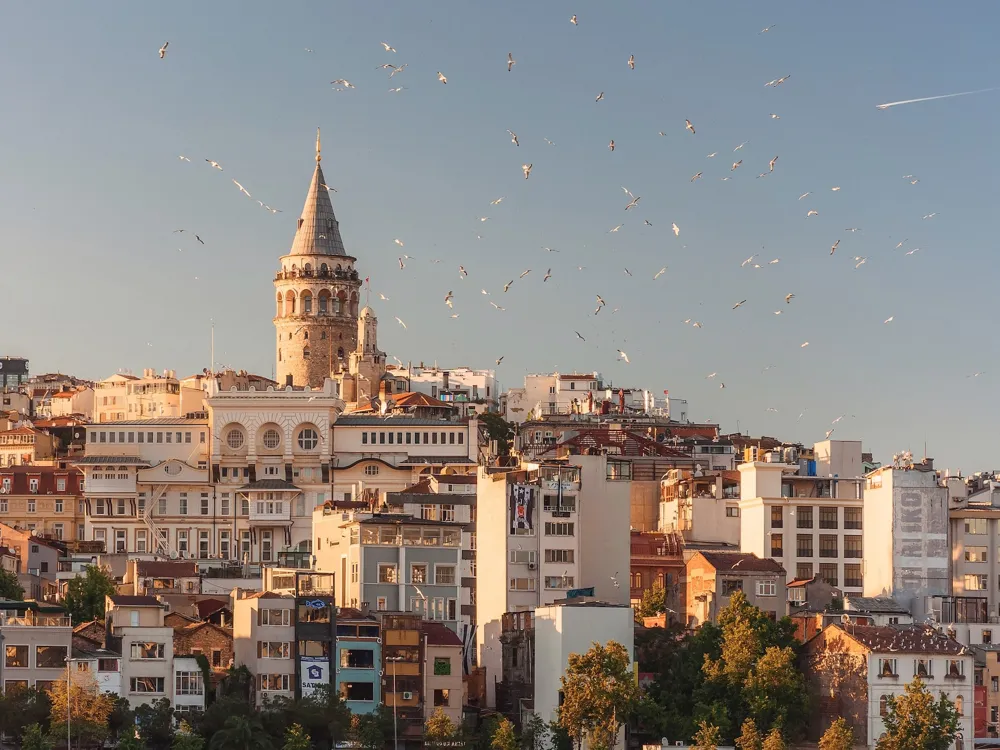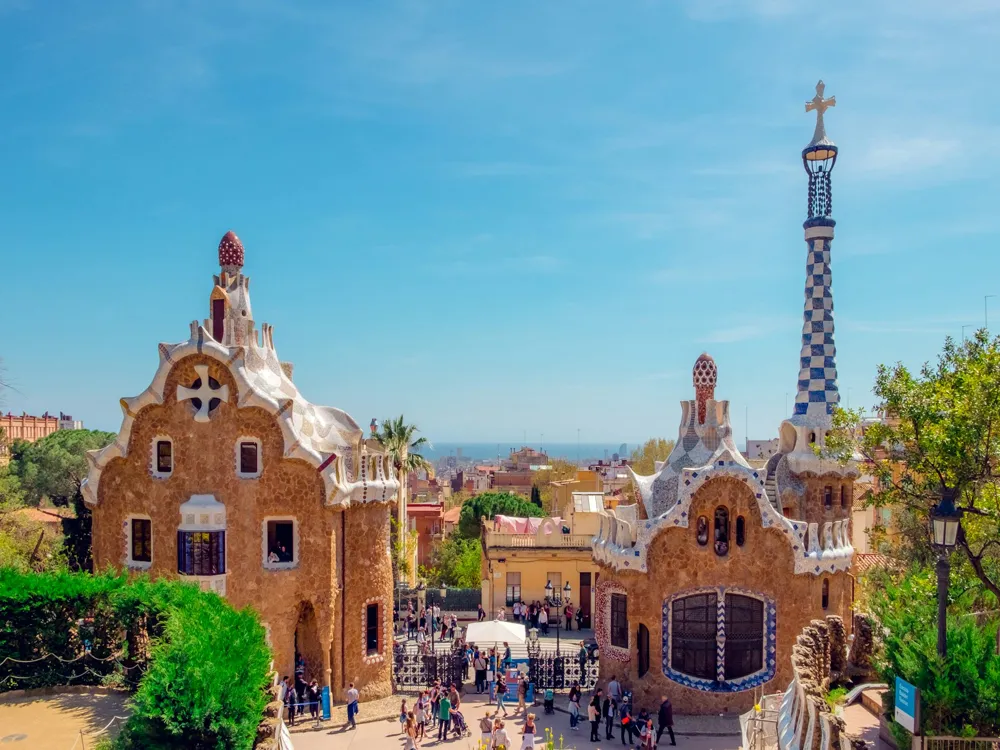Plan Your Travel To Seoul
Places To Visit In Seoul
Bonguensa
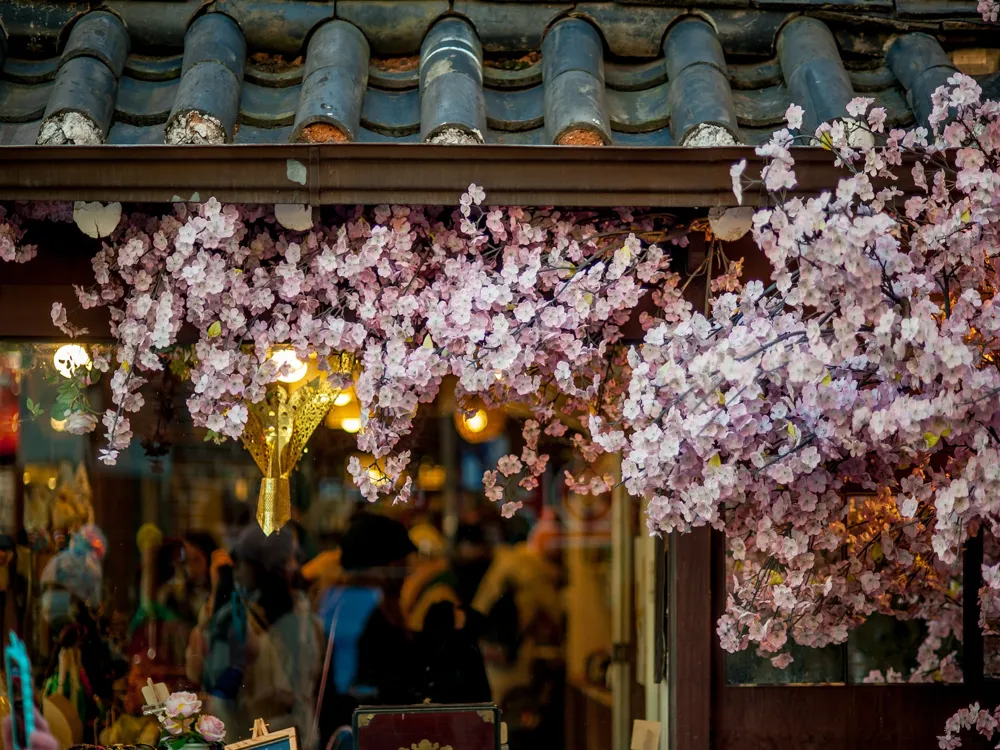
Bonguensa is an ancient Buddhist temple in Seoul. It was founded back in 794 and after several renovations over the years today is a popular tourist spot
Bonguensa is a popular Buddhist temple located in Samseong-dong. The temple is home to a vast amount of Buddhist scriptures, around 3,500 of them, written in 13 different Buddhist scriptures. The temple gives it's visitors a chance to learn about the Buddhist culture and provides a peaceful place for relaxation.
The most popular activity here, however, is the templestay programme, in which visitors can live the life of a Buddhist monk for a few hours and experience Buddhist practices such as Korean Zen meditation, Dado (tea drinking ceremony), and Balwoogongyang (a Buddhist meal with traditional bowls).
Read More
Bukhansan National Park
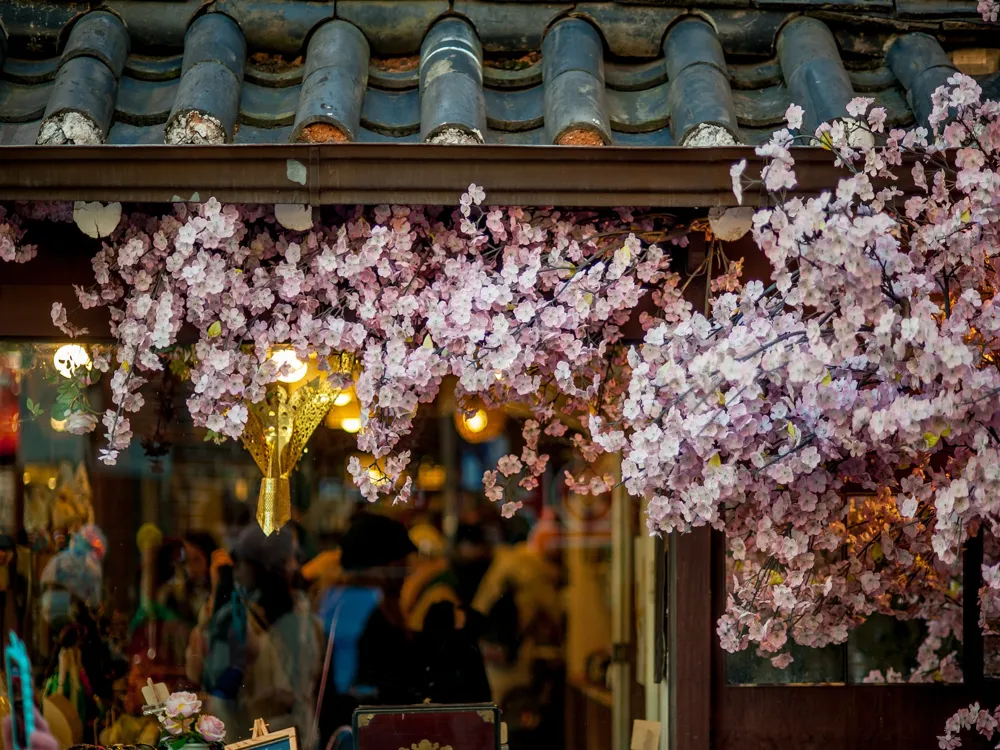
This national park based on Mt. Bukhansan makes for a picturesque and serene day trip and is a highly rated activity in Seoul.
Mt Bukhansan was declared a national park in 1983 and has a range of activities for the visitors. It is extremely famous among hikers and trekkers due to it's trails, such as to the peaks of Baegundae and Insubong. The park is a heavily forested area and it is maintained by rotating the access to the hiking trails to preserve the natural environment. There are also many temples dotted around the park. The park is actually so famous that it is mentioned in the Guinness Book of World Records for most visitors per square foot. The Bukhansanseong Fortress is another major feature of the park. It was built back in the 2nd century and extended over the years to protect Seoul from invaders. The hiking trail to the Fortress is frequented by thousands every day. It changes it's beauty with the seasons, with the spring and summers being colourful and lush, the autumns providing a enchanting red colour to the entire scenery and of course the snow capped mountains during the winters. Bukhansan National Park is a scenic location, with green and rocky mountains, combined with valleys and rivers. A great excursion!
Read More
Changdeokgung
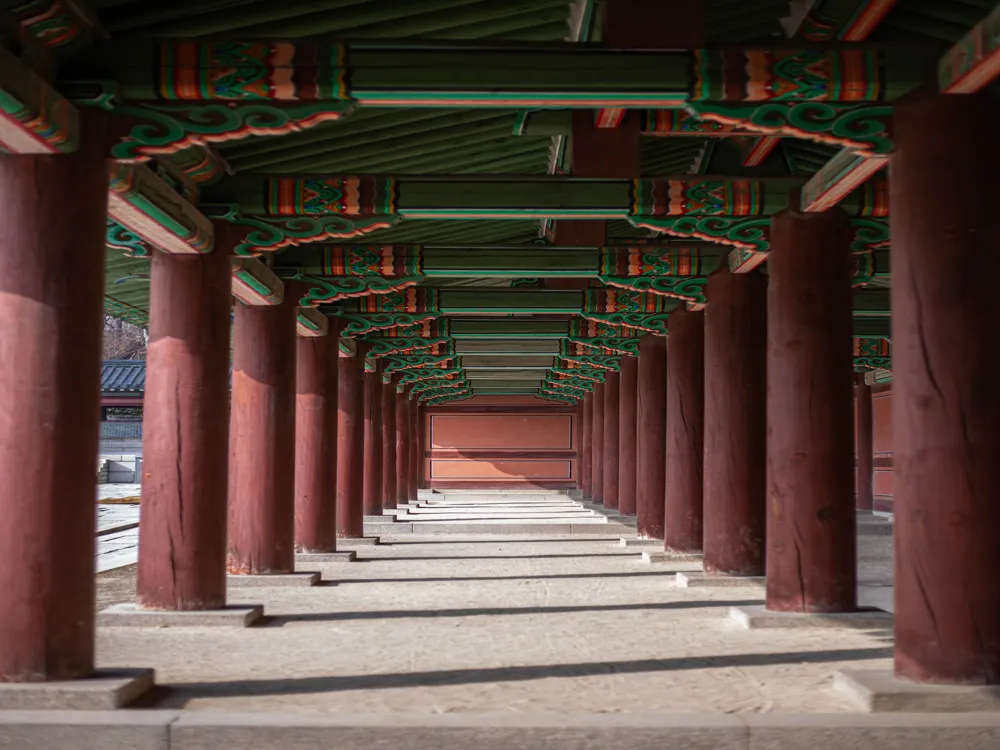
Changdeokgung served as the royal palace of the Joseon Dynasty between 1611 to 1872 and is a UNESCO World Heritage Site.
Changdeokgung became the primary royal palace of the Joseon Dynasty in 1412. In it's long history, it has been burnt down and renovated many times, each time being true to it's initial design.
Today, most of the palace is in ruins and only 13 buildings remain in the complex and around a hundred pavilions in the gardens. The most notable feature of this entire complex is, however, that it's buildings were structured to blend in with the surrounding and the topography, instead of being imposing and dominating and imposing. For this genius architectural feature, the complex was added to the UNESCO World Heritage Sites. Of the structures standing today, there are a few notable ones such as Injeongjeon Hall, Juhamnu Pavilion, Seonjeongjeon Hall. There is a beautiful garden at the back of the palace, complete with ponds, pavilions and thousands of trees spread over 78 acres of land.æ
Read More
Cheonggyecheon
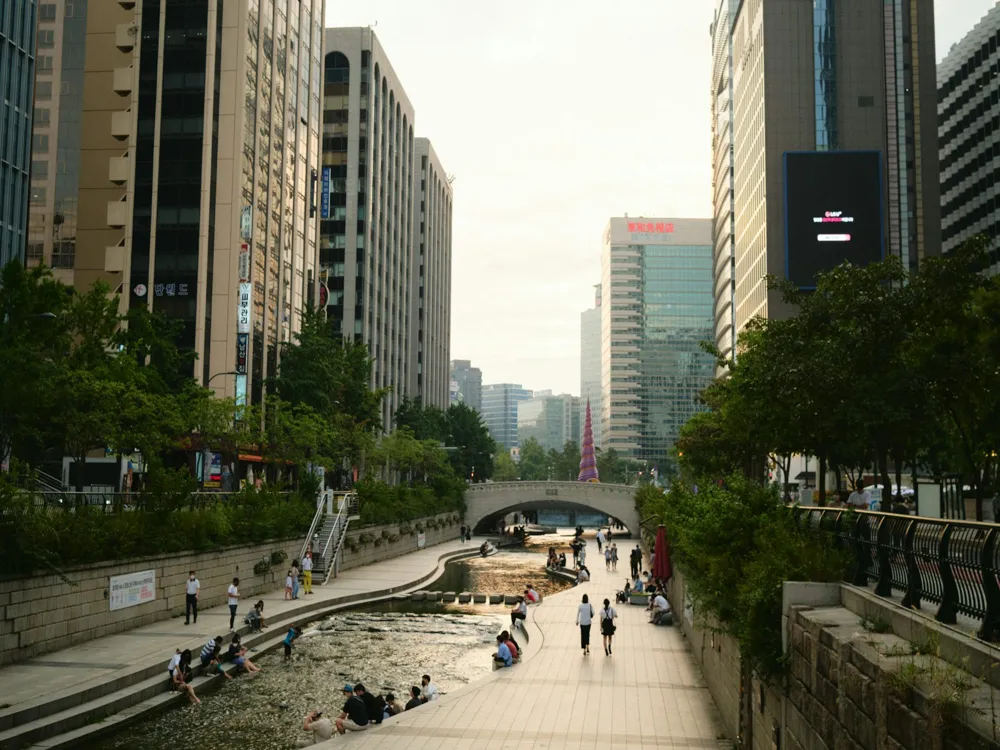
The Cheonggyecheon is a 10.9km long stream in downtown Seoul, providing a beautiful recreational space in the hustle bustle of the city.
Before 2003, the stream was in ruins. A project then undertaken for the restoration of the stream completed transformed it into a much needed balance to the urban metropolitan. The stream runs from the Cheonggye Plaza all the way to tha Han river, with 22 bridges built across it and many places to relax along it's length, such as the Candle Fountain and Palseokdam Wishing Wells. You will find crowds of people seated and walking along the banks of the stream, creating a vibrant atmosphere.
The Cheonggye Plaza at the foot of the stream is a popular location for various events. It's adorned with fine stonework, water fountains and displays information on the restoration of the bridge and it's bridges.
Read More
Gyeonbokgung
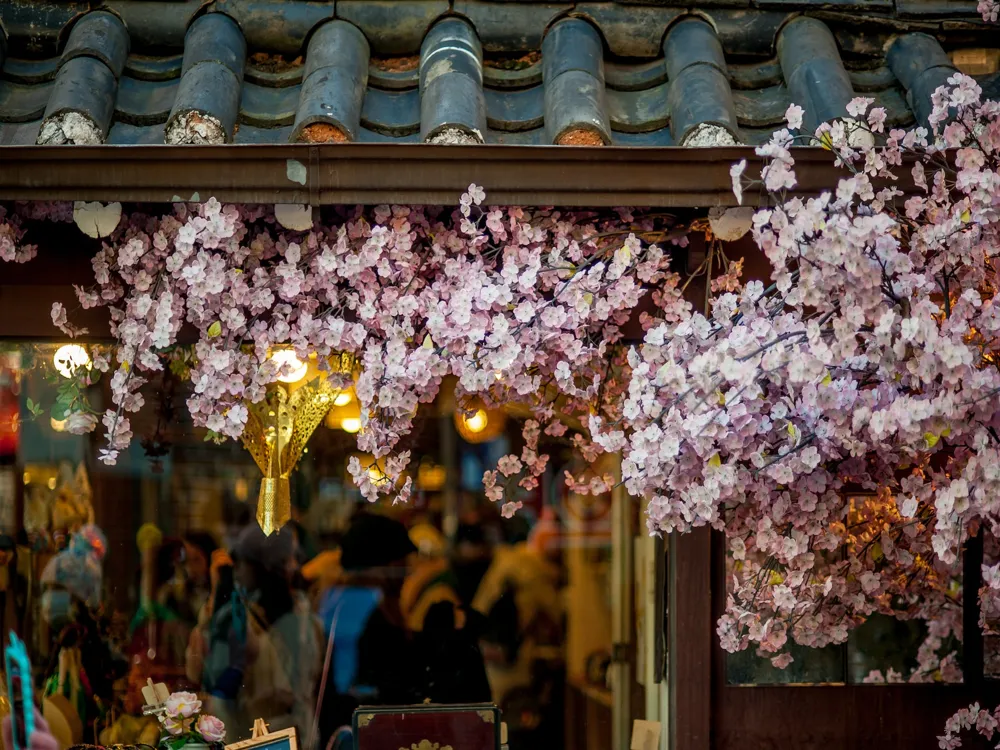
The primary royal residence of the Joseon Dynasty till 1592. It is the biggest of the Five Grand Palaces and is also home to the National Palace Museum and the National Folk Museum.
The Gyeonbokgung is a huge complex, spread over some 40 hectares, comprising hundreds of buildings. The complex served as the office as well as the residence of the Joseon kings and so still has their living quarters, their offices, the halls of the court and also has 6 main gates of entry. Not just that, the Gyeonghoeru Pavilion (the royal banquet hall) and Hyangwonji Pond are two very important features of the Josean Dynasty and have surprisingly survived all the attacks that the complex has endured.
As you explore the complex, you will find many important buildings. Such as the Geunjeongjeon - the throne hall, Hyangwonjeong - a small pavilion in the middle of the pond, connected by a bridge, among so many others. The National Palace Museum and the National Folk Museum are extremely popular visits in the place as well. The National Palace Museum, in particular, displays some fascinating artefacts which you should definitely not miss!
Read More
Heunginjimun (Dongdaemun)
/heunginjimun-dongdaemun-slider-1.webp)
One of the Eight Gates of Seoul, the Heunginjimun, or better known as the Dongdaemun Gate is an imposing landmark in Seoul and is best known for Korea's largest market which surrounds it.
The gate was constructed first in 1398 and has since been renovated many times due to damages. It is also has an outer wall, the Ongseong, which was strategically important as it added a great deal of resistance from enemies. The architecture of the Gate reflects of the late Josean period, with front and side compartments and a decorated bracket system.
The Dongdaemun Market in the area around the gate today is actually Korea's largest shopping centre. It has 26 shopping malls, 30,000 speciality shops and 50,000 manufacturers. It covers every single type of store you can possibly think of. You can well imagine how much like heaven this place will be if you love to shop. The choices are endless! And the best part is, it is open through the day and the night, closing for only 5 hours between 05:00 AM - 10:00 AM.
Read More
Jogyesa Temple
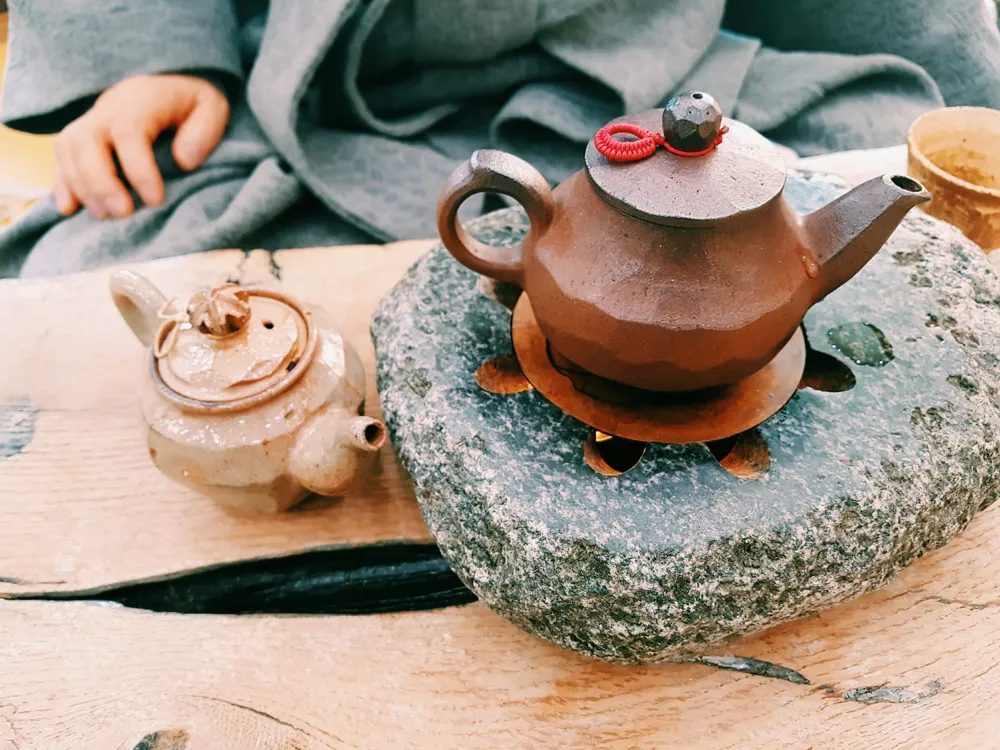
The Jogyesa Temple is the prime temple of the Jogye Order and the centre of Buddhist learning in Korea.
The temple has an important place in the history of Buddhism in Korea. It was the centre of the Buddhist resistance during the Japanese colonial invasion. The temple is surrounded by lines of locust and baeksong trees, providing a beautiful green backdrop to it. The temple itself is quite beautiful, with hundreds of lanterns hanging from the roof and colourfully painted walls. The Geuknakjeon is the place where the Amitabha Buddha is enshrined and the Beomjongnu is, a small structure with a bell.
Streets around the temple are lined with small shops selling all kinds of little items related to Buddhism, such as incense, prayer beads, small statues of the Buddha and many other things.
Read More
Myeong-dong

A famous neighbourhood with a buzzing atmosphere, always crowded due to it's huge variety of shopping options and is a major tourist hotspot.
The Myeong-dong has everything required to be a popular commercial district. It has a plethora of high end and international fashion brands, popular cosmetic brands and also many big departmental stores. On top of that, it has tons of restaurants, bars, cinemas and top notch hotels make it even better.
The district also has popular historical sites, such as the Myeongdong Cathedral, the seat of the Archbishop of Seoul, which has stood here since 1898 and also the iconic Myeongdong Nanta Theatre.
There are ænearly 2 million visitors every day in this area. Most of the local crowd are youngsters having a fun day out and it is one of the most popular tourist spots in the city.
Read More
N Seoul Tower
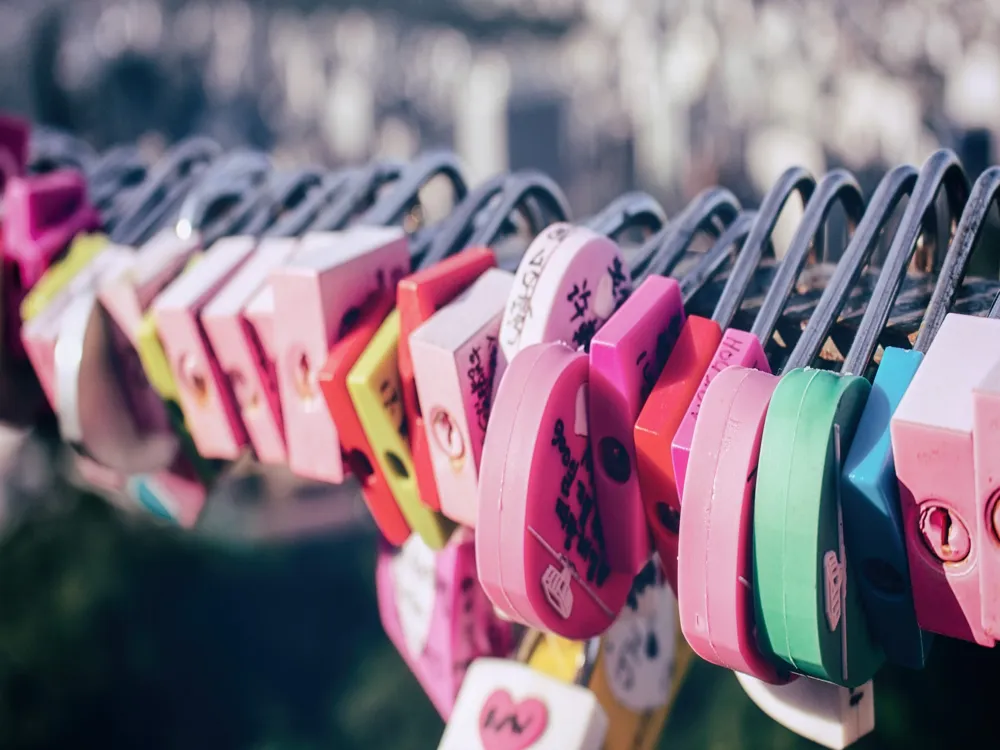
The N Seoul Tower is the highest building in Seoul and is an iconic part of the cityscape. The tower has many attractions, none more popular than the observation decks.
Sitting at a height of 236 metres on top the Namsan Mountain, the N Seoul Tower (Namsan Tower or Seoul Tower) is a very popular attraction in Seoul, both among tourists and locals. The tower is actually a broadcasting tower for TV and radio signals.
The tower has three main parts - the N Lobby, the N Plaza and the N Tower and each have their own set of attractions. Most of the popular places are on the N Plaza and the N Tower. Located on the N Plaza is the terrace where the famous 'locks of love' are found, where couples hang locks to symbolise their love. The N Tower has 4 observation decks, which offer stunning panoramic views of the city. There is also a revolving restaurant, for the food with a view experience! There are also 2 gift shops, one in the Lobby and one in the Plaza where you can buy souvenirs.
Read More
Namsan Park
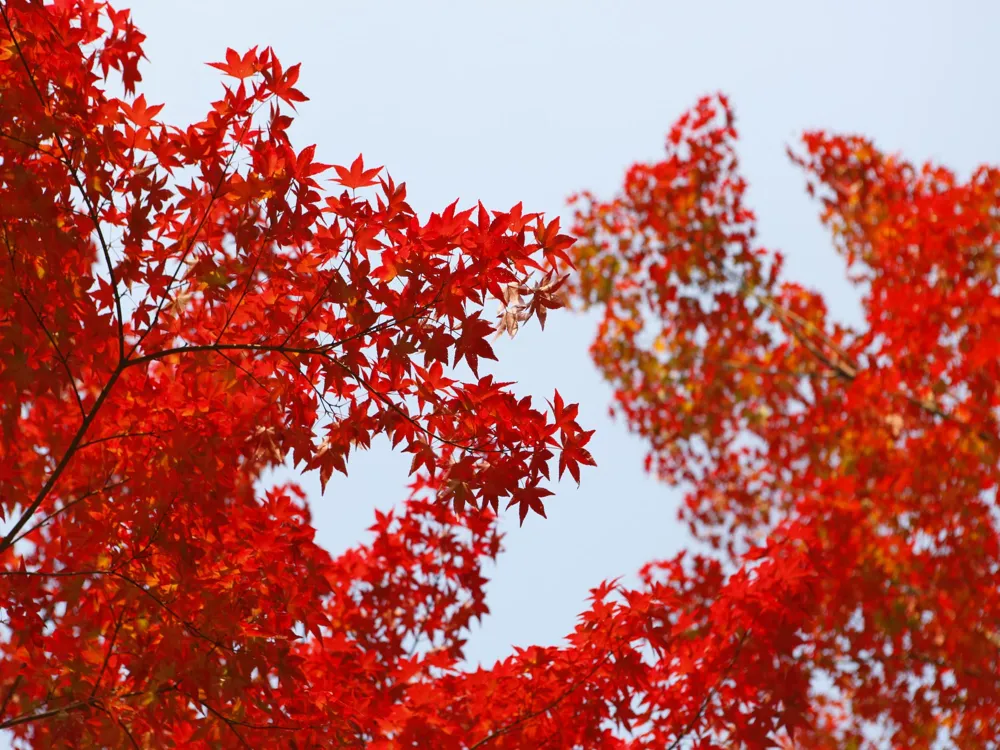
Namsan Park is a scenic and popular public park on Mt Namsan. It provides some great views of Seoul city and is a favourite among locals for picnics.
The Namsan Park is Seoul's largest public park. It is home to a variety of flora and fauna. The park is lush green and also has a spectacular avenue of cherry blossom trees, which is an absolute sight to behold during the spring season. It is one of the favourite places among locals for a little picnic or to kick back during the weekend.
The park is also from where the Namsan Cable Car takes visitors to the N Seoul Tower, from where you can get amazing panoramic views of the city.
Read More
Seoul Travel Packages
View All Travel Packages Seoul
Nearby Places Seoul
Browse Package Collections
Browse Hotel Collections





/heunginjimun-dongdaemun-slider-1.webp)





